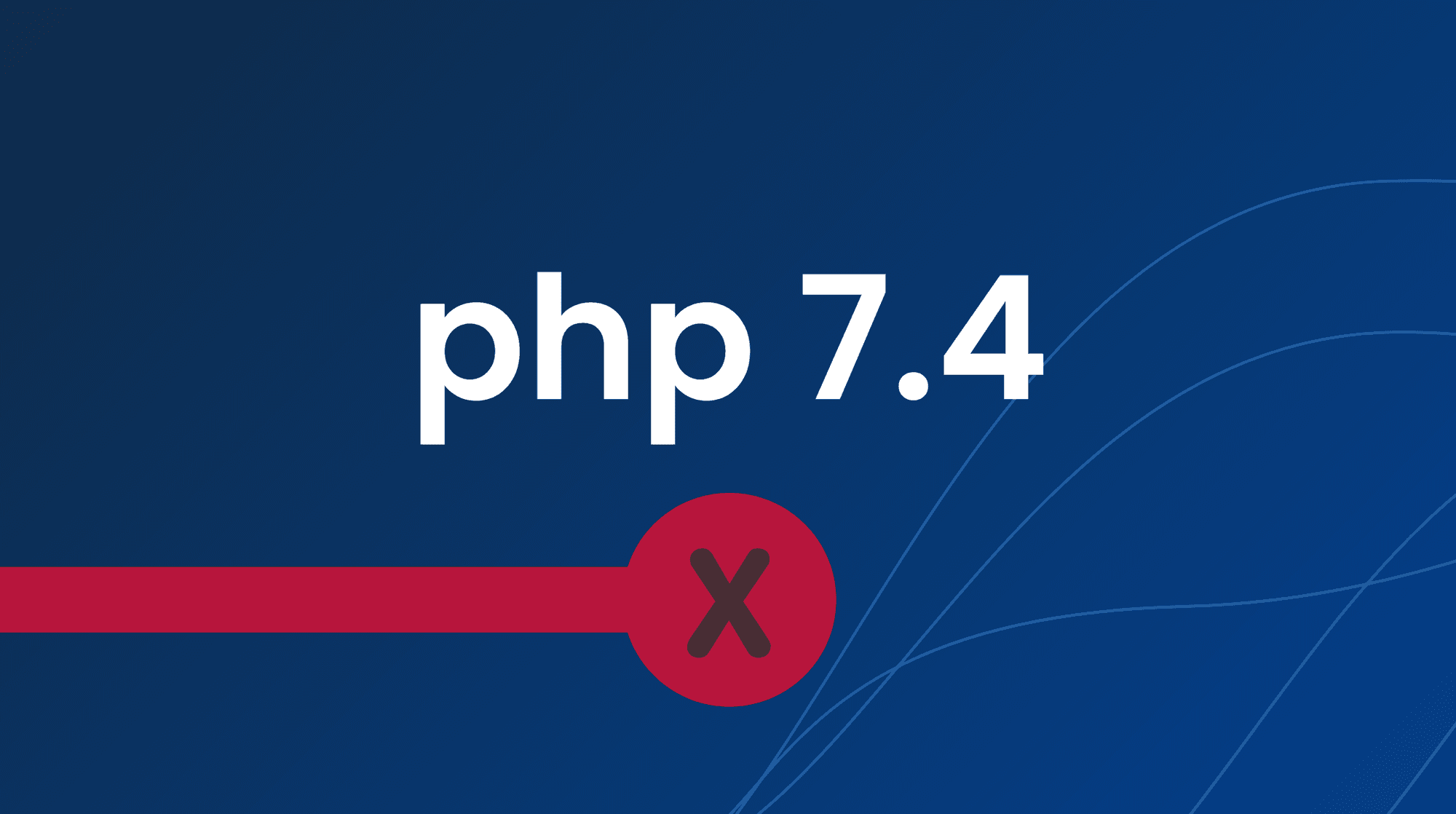标签是用于组织博客文章的标准分类法之一。它们通常只有一两个单词,用于描述文章的特定方面。
例如,如果您正在撰写有关一本书的文章,则可以使用标签来描述作者、出版商和讨论的主题。
标签可以让访问者快速找到特定主题,而无需滚动浏览所有帖子,从而提高网站的可用性。
如何使用 WordPress 标签
您可以在管理员侧边栏的帖子 » 标签页面中创建和管理标签。在左侧,您会看到“添加新标签”部分。
在管理屏幕中,创建一个标签。
您可以在此处为新标签命名并指定 slug。slug 是标签的永久链接,通过为其指定唯一的 URL,可帮助您在标签档案中找到它。
您可以使用“说明”框提供有关标签的更多信息。说明完全是可选的,可以短也可以长,具体取决于您的需要。
您也可以从以前的创作中选择一个标签,方法是输入标签的前几个字母,然后单击要使用的标签。完成后,只需单击“添加”按钮即可。
默认情况下,类别和标签仅限于帖子,您不能在页面或媒体文件上使用它们。
如果您想将标签与其他帖子类型一起使用,请查看我们的指南,了解如何使用媒体库助手在 WordPress 中标记图像以及如何向 WordPress 页面添加类别和标签。
标签与类别
WordPress 的默认分类法是类别和标签。
类别的目的是从广义上对您的帖子进行分类。将它们视为您的 WordPress 网站的一般主题或目录。
例如,新闻网站可能有世界新闻、本地新闻、天气和体育等文章类别。
每个帖子都需要分配到一个类别,如果不这样做,WordPress 会默认将其放在“未分类”类别中。
由于类别是分层的,因此可以创建子类别。
标签用于描述帖子的具体方面。请将其视为您网站的索引词。它们专注于内容中的具体细节,而不是广泛的主题。
例如,如果您将帖子放在“书评”类别中,则可以添加小说、神秘、斯蒂芬·金和阿加莎·克里斯蒂等标签。
标签与类别不同,没有层次结构。它们甚至不是必需的。



















